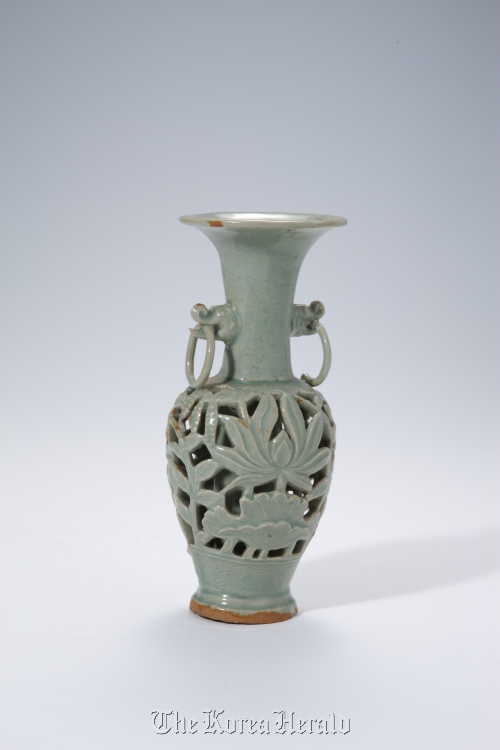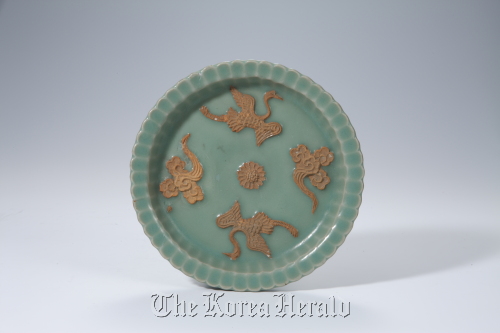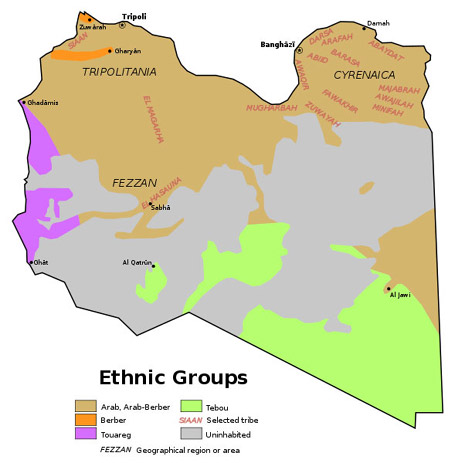SINGAPORE — An 11th-century Chinese mechanical marvel — a water-driven astronomical clock tower in Kaifeng that has long since been dismantled — has inspired the introduction of a new Hong Kong-based watch brand, the Chinese Timekeeper, which proudly proclaims its 100 percent Chinese-made pedigree.
“Greater China is a huge market for watches, and when you look specifically for mechanical watches, they’re almost all sold as Swiss-made,” Adrien Choux, the Frenchman who is founder and marketing director of the new brand, said in a telephone interview. “Yet when you look into the details, most of them have some parts manufactured in China. This proves that the quality of Chinese-made components is good and you just have to pay attention during the assembly process and apply a strict quality control.”
A report released in November by Bain & Co. said that the Chinese luxury watch market was worth 15.5 billion renminbi in 2009, or $2.34 billion, and that it was growing at 35 percent a year. The high end of the market was dominated by foreign brands, especially the top five: Cartier, Longines, Omega, Rolex and Tudor.
While there are several large Chinese watch brands — like Sea Gull, made by Tianjin Sea Gull Watch Manufacturing Group, the largest producer of automatic movements in the world, Rossini, Ebohr, Shanghai Watch and Fiyta — they have mainly focused on mass-market production. Aspirations toward the luxury end of the market, however, are starting to emerge among several Chinese players.
“The Chinese have always had a unique relationship to luxury products, such as silk, jade and porcelain,” Mr. Choux said. “They also have a long history in time-keeping, creating the first water-driven escapement mechanism, the first armillary sphere or even the mechanical gears. I felt there were all the elements to establish a strong new Chinese brand: A clear opportunity in terms of manufacturing, a huge consumer market and a history you can play on.”
Mr. Choux, who has lived in Asia for more than a decade, noted that in the two years before the introduction of the Chinese Timekeeper in December he had been encouraged by the fact that the French luxury house Hermès took a similar strategic approach to the market by introducing a China-made luxury brand tailored for its Chinese customers, Shang Xia. Of his brand, he added: “It’s a Chinese brand designed and assembled in Hong Kong by local watchmakers, inspired by a fascinating Chinese history and destined to intrigue the Chinese customers. The fact that I’m French doesn’t really matter. I see a great opportunity here.”
Another Hong Kong brand, Longio, started producing tourbillon watches in 2007 and now has seven models, with retail prices ranging from $2,800 to $8,000.
In 2009, Shanghai Watch released its first tourbillon, a piece designed by Eric Giroud, the Swiss designer behind the Harry Winston Tourbillon Glissière. In January, the brand offered the Unity 128 Tourbillon, again designed by Mr. Giroud in consultation with Carson Chan, managing director and international watch specialist at Bonhams Hong Kong.
While the first rose gold tourbillon retailed for 138,000 Hong Kong dollars, about $17,700, the new one retails at 238,000 dollars. The company declined to reveal how many of the first watches had already been sold, saying only that it was “close to sold out.”
“I think the Chinese are starting to make watches just as the Japanese made their cars in the ’60s and ’70s and the Koreans started making mobile phones in the ’90s,” Mr. Chan said. “Back then, a Samsung or LG mobile phone was seen as inferior. Today, the Samsung Galaxy pad is giving the iPad a run for its money.”
Tianjin Sea Gull Watch now produces about 300,000 watches with its own in-house movement, including 5,000 Sea-Gull tourbillon watches, and its general manager, Jian Wang, in an interview with the specialized watch Web site Europa Star, said it planned to triple its tourbillon production over the next few years. The Chinese company also plans to invest in a Swiss movement company to improve its own gear.
Ebohr, too, has announced plans to move into the mid-range watch market, by launching a tourbillon timepiece for 10,000 renminbi. And the company has invested in a new Swiss brand, Codex, which is targeting the mid-range market with chronographs priced from $4,000 to $5,000.
Mr. Choux of the Chinese Timekeeper said his new brand was using components from a variety of high-end watch manufacturers, primarily in Guangdong Province, and movements by Sea Gull that are then assembled in Hong Kong, which he said allowed for better quality control. “The idea,” he said, “is to offer a brand that competes in terms of quality and design with what exists in Switzerland, but giving it a Chinese look and heritage that consumers can relate to.”
The new brand logo on the rotating gear of the watch movement is a Chinese sage with his long hair characteristically tied in a bun. He is depicted walking with his hands behind his back on the rotating gear of a watch movement.
The design of the Chinese Timekeeper piece has kept that astronomical clock tower in Kaifeng in mind. The round case is composed of four stainless-steel rings, a play on the four-story pagoda, while the number 10 on the dial has been replaced with the Chinese character — which can also be read as “perfect.”
The first collection of this watch comprises six models, ranging from 17,800 Hong Kong dollars to 20,800 dollars. Since December, about 30 watches have been sold in Hong Kong, Mr. Choux said.
“It’s entry-level luxury,” he added. “I think that’s where a new Chinese brand needs to be if it wants to claim some differentiation and build its own legitimacy. Our challenge, being priced around €2,000, is to alter the current perception held by many Chinese customers of being too expensive for a Chinese brand.”










